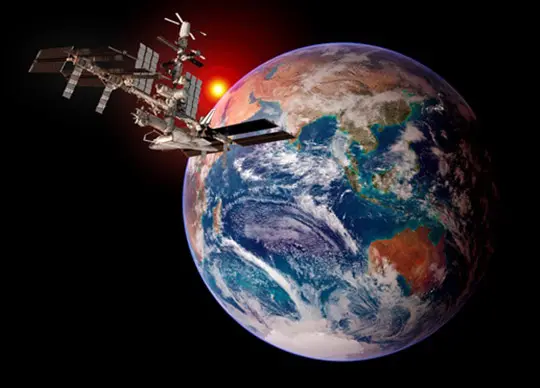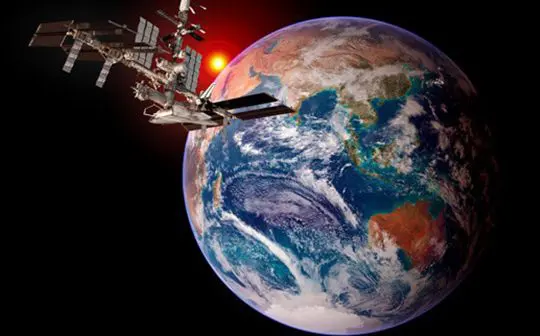
The Australian government’s only significant space investment in the 2024/25 Federal Budget was AUD207.4 million over five years from 2023-24 and AUD38.2 million per year ongoing to maintain access to Earth observation data from the Landsat satellite constellation operated by the United States National Aeronautics and Space Administration and United States Geological Survey.
The funding is allocated to Geoscience Australia, which will see the agency upgrade its Alice Springs satellite ground station and deliver new data processing, data analytics, and science capabilities to support the future Landsat Next satellites.
“Landsat Next will give access to high quality land imaging data to support key Australian industries including mining and geological resource exploration, climate monitoring, disaster planning and response, agriculture and ensure water security,” reads the Department of Industry, Science and Resources Portfolio Budget Statements.
The funding comes one year after the government axed the National Space Mission for Earth Observation (NSMEO) program, which would have seen four satellites put into orbit between 2028 and 2033 and provided Australia with sovereign Earth observation satellite capabilities.
Minister for Resources and Northern Australia Madeleine King signed an in-principal agreement on the partnership while in Washington, D.C., in March. She said satellite data was a key tool in managing national disasters. “Landsat data supported emergency services in Queensland in January to help mitigate potential flooding in Queensland ahead of Cyclone Kirrily,” the minister said.
Over 11 years, the government will provide AUD448.7 million to maintain the partnership with the US and access to the data. Beyond 2034/35, the government has provisionally allocated an average of AUD43.2 million per annum to stay in the partnership.
Australia has been a member of the Landsat program since its inception in the 1970s. The satellites generate high-quality, space-borne, moderate-resolution global land imaging data. The Landsat Next satellites, planned for launch in 2030, will be a constellation of three identical observatories spaced 120 degrees apart at an orbital altitude of 653 kilometres. Each observatory will consist of a spacecraft and a Landsat Next Instrument Suite. Landsat Next will collect around 20 times more data than its Landsat 9 predecessor and continue to provide data access for all subscribers.
Australia’s Minister responsible for space, Ed Husic, did not specifically address the funding allocation in his press release accompanying the May 14 budget. Funding from the budget targeted specific industries and sectors, which the Prime Minister said would “maximise the economic and industrial benefits of the international move to net zero and secure Australia’s place in a changing global economic and strategic landscape.” Space was not on the list. Aside from continuing its enrolment in the Landsat program, the 2024/25 budget produced no space funding initiatives of note.
Last year, KPMG’s Head of Strategy, Jacob Hacker, pointed out that Australia’s entire 2023 space budget was less than one-third of NASA’s daily budget and that the government needed to make a decision about the country’s future role in space. “Countries with a thriving space industry have a well-funded, government-backed Space Agency at their centre,” he wrote. “These countries see returns of approximately AUD3 for every AUD1 spent, highlighting this is typically a strong national investment.”





